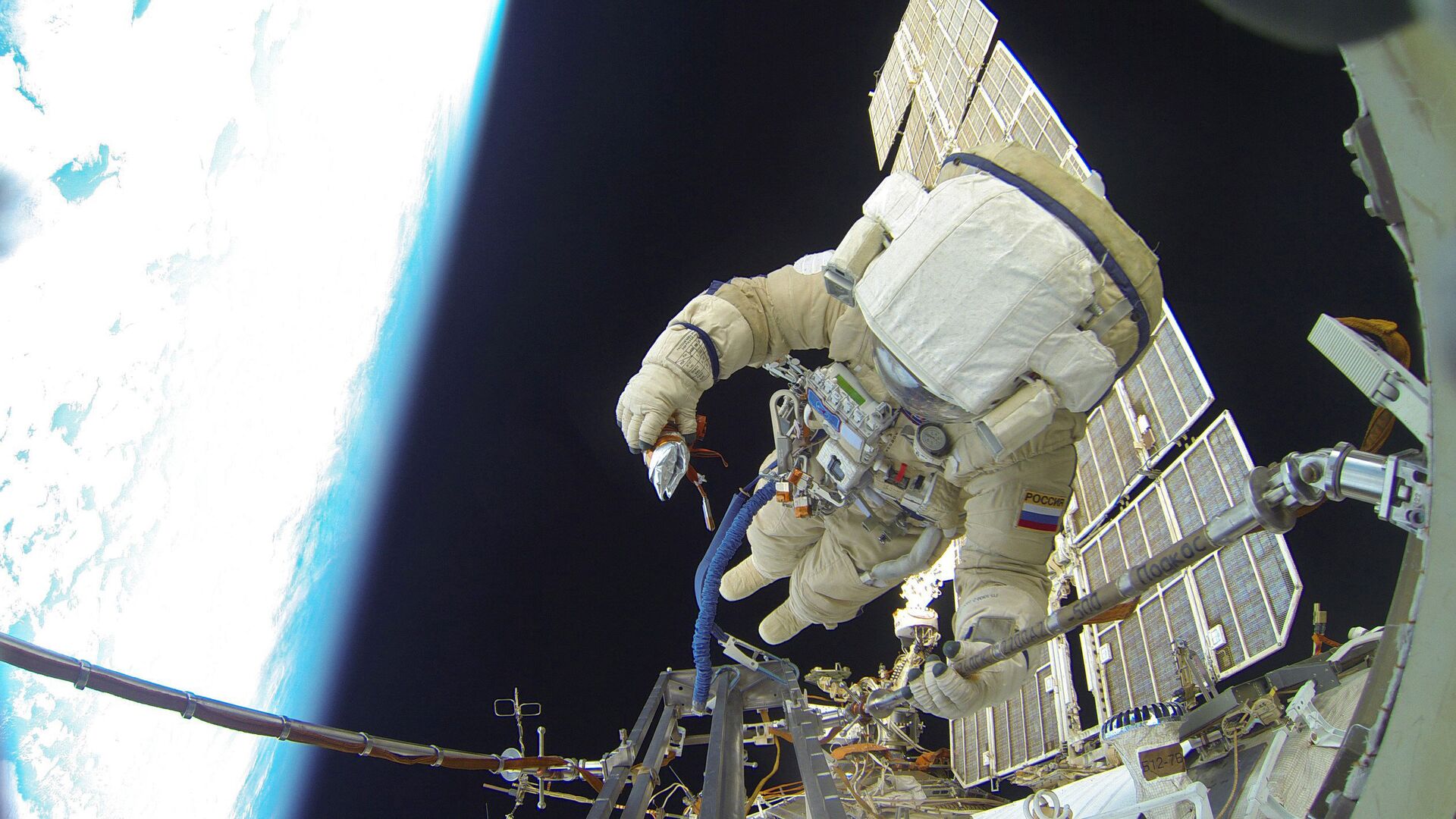
MOSCOW, January 23Moscow State University scientists are preparing an experiment in which they will apply ultra-low current to cosmonauts in order to stimulate their visual activity and reduce the time of focusing their gaze, which increases in weightlessness, said Vasily Sazonov, dean of the Faculty of Space Research at Moscow State University.
“»The issue with the vestibular apparatus continues to worry our scientists. We are currently conducting a space experiment on the International Space Station GVS-1. The purpose of this experiment is to analyze the possibility of improving gaze setting in conditions of weightlessness using galvanic stimulation,» said Sazonov at the plenary session of the Korolev Readings.
«»Yes, we will give the astronauts a light shock. An electrode is installed on the forehead and behind the ear, a discharge of ultra-low current intensity is passed, but it turns out “that such a shake can significantly reduce changes in gaze,” he added.
The scientist clarified that in space, due to weightlessness and the redistribution of fluid in the human body caused by it, the time required for the eye to focus on an object can increase fourfold.
In addition, Sazonov did not rule out that if the pulses and work cyclogram were chosen correctly, it would be possible to at least partially force the astronaut to experience imaginary gravity. With the help of electrical impulses, it is possible to simulate in an astronaut the feeling that “somewhere there is up, and somewhere down,” which is lost in microgravity conditions.
In 2023, a mock-up of the equipment for the GVS-1 experiment was created, and it is now being tested. In 2025, it is planned to create samples of scientific equipment for flight testing on board the ISS and conduct an experiment with astronauts.



















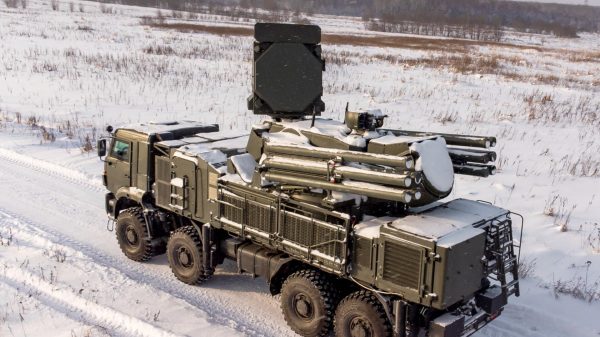

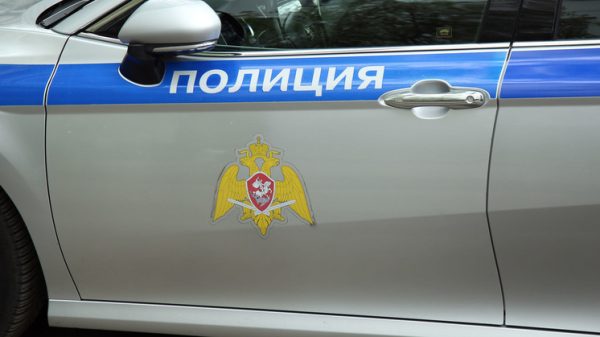

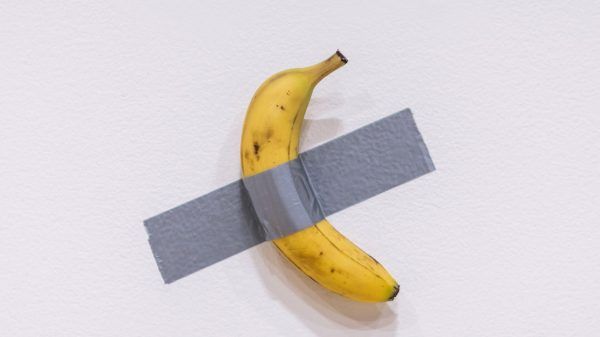
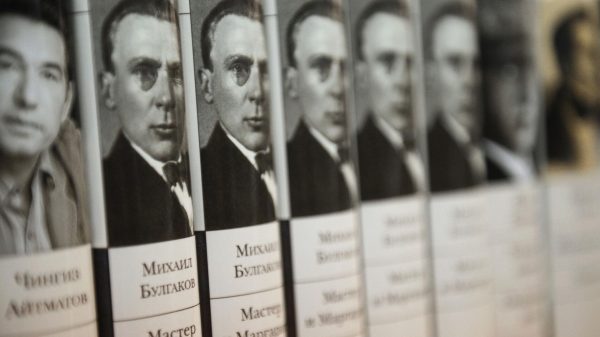
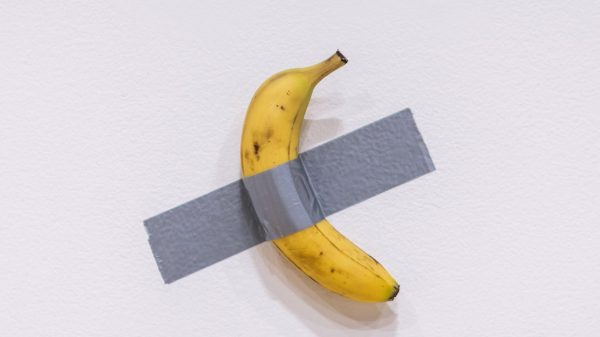

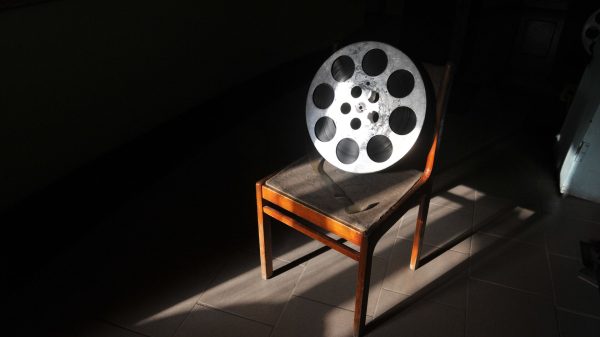
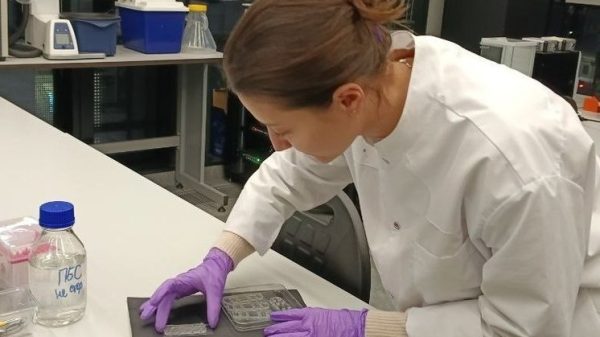
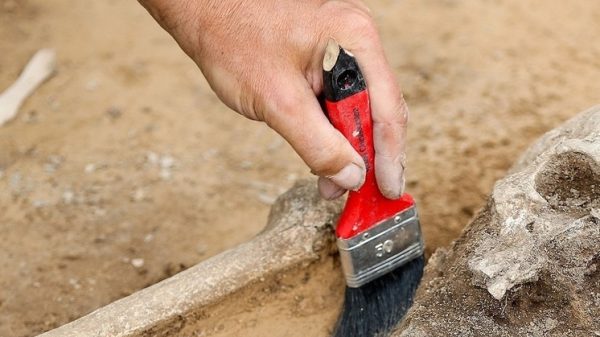
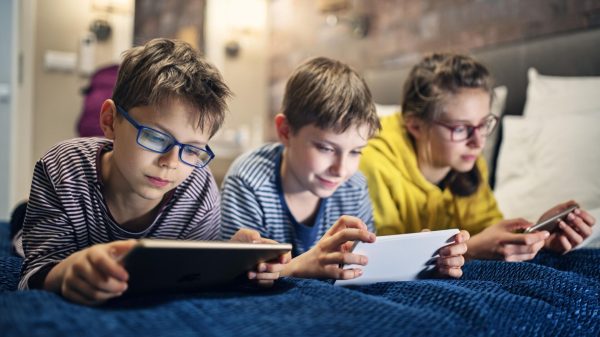

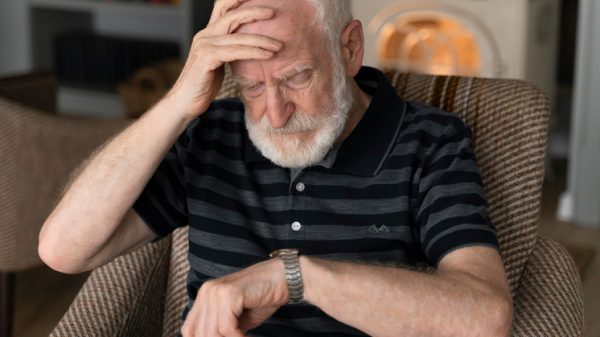

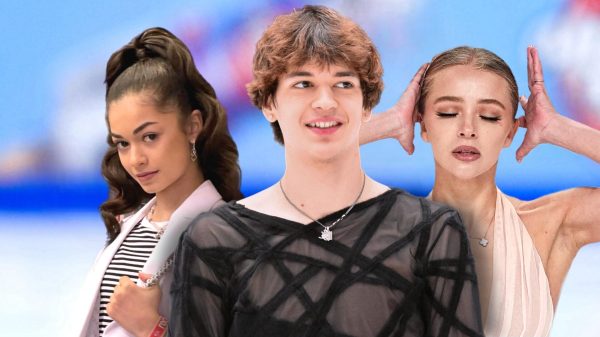


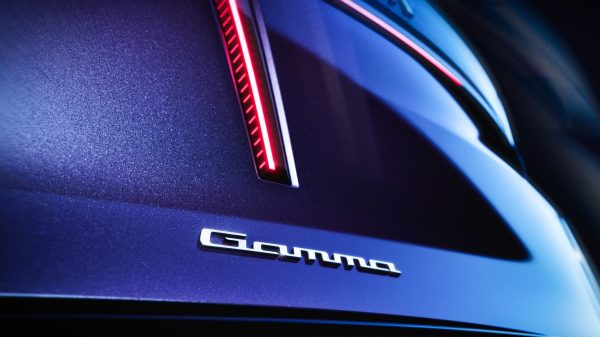

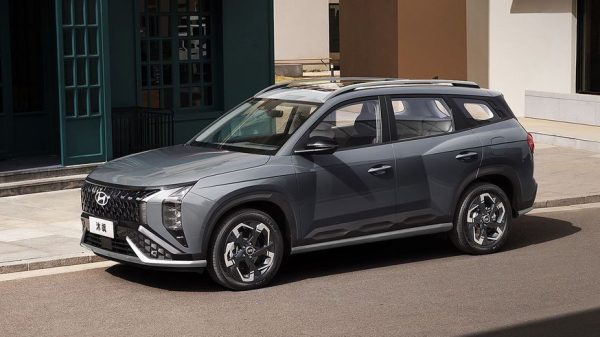

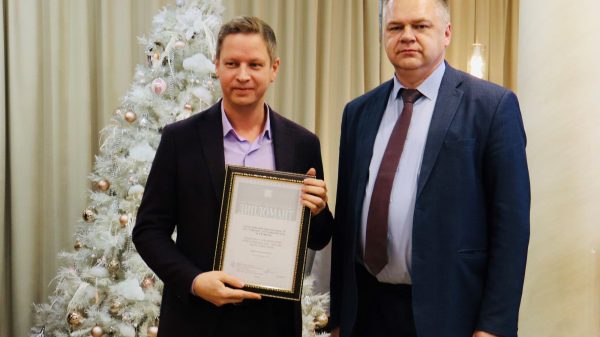

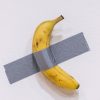























Свежие комментарии